What kind of cells do you use in your research?
In my research we mainly use human cells. We grow these cells from human stem cells. They can be isolated from small biopsies or obtained from iPS cells. An iPS cell (induced pluripotent stem cell) is reprogrammed, as it were, and can therefore become any type of cell. In theory, we can let these stem cells become any type of cell; we distinguish between hard and soft materials, depending on the intended tissue. For hard materials we focus on bone cells, for soft materials we focus on pancreatic cells. Since our laboratory cooperates with the Animal clinic of Utrecht University, we sometimes also use stem cells from horses, which also suffer from similar bone and joint disorders as humans.
How do you then make an organ from those cells?
For printing, we use a mixture of stem cells in a hydrogel. The hydrogel is a polymer that is rich in water and forms 3D structures to house cells. This is also called a scaffold, and can harden in response to visible light, for example. Then, in theory, the cells in the scaffold can grow and actually form tissues, which we then study for regenerative medicine.
What is the biggest challenge in your research?
Maturation, or the development of stem cells into tissue-specific cells, is very complex. The cells have to form a new network of cells in the scaffold. The cells have to communicate with each other. Moreover, in bones, for example, you have various tissues that together form a larger structure. The outside is hard, and the inside consists of softer tissues (the bone marrow), this makes it even more complicated.
About Riccardo
Dr. Riccardo Levato is associate professor of Biofabrication and Regenerative Medicine at the Department of Orthopaedics, University Medical Center Utrecht (UMCU) and at the Regenerative Medicine Center Utrecht. His main research focus is on the development of biofabrication strategies to create both bio-printed and laboratory-made tissue models, especially for osteochondral regeneration. At UMCU, working at the interface between engineering, biology and biomedical sciences, he focuses on new treatments for cartilage and osteochondral defects and their application in translational regenerative medicine.


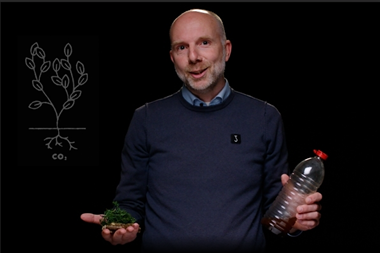
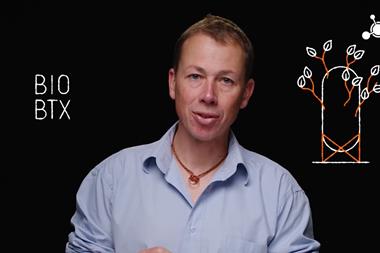
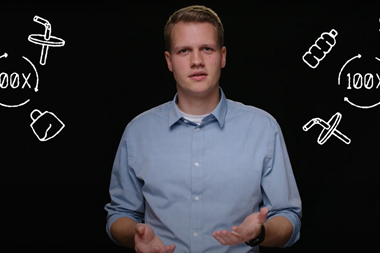
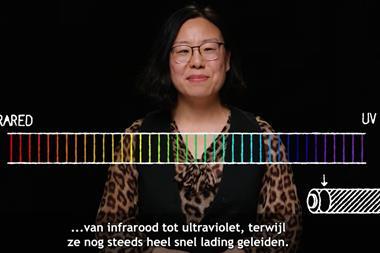
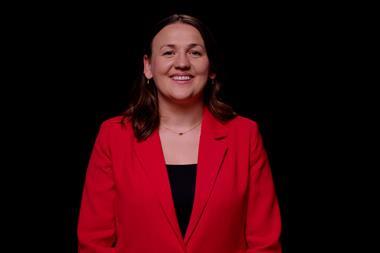

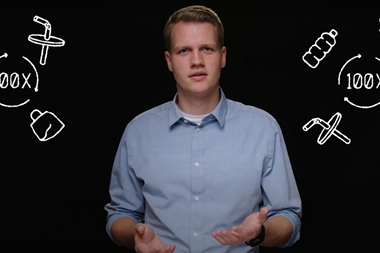
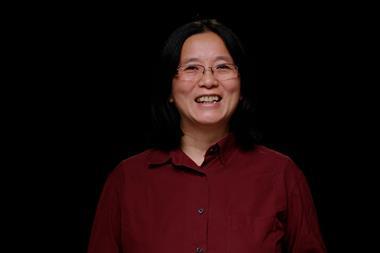










Nog geen opmerkingen